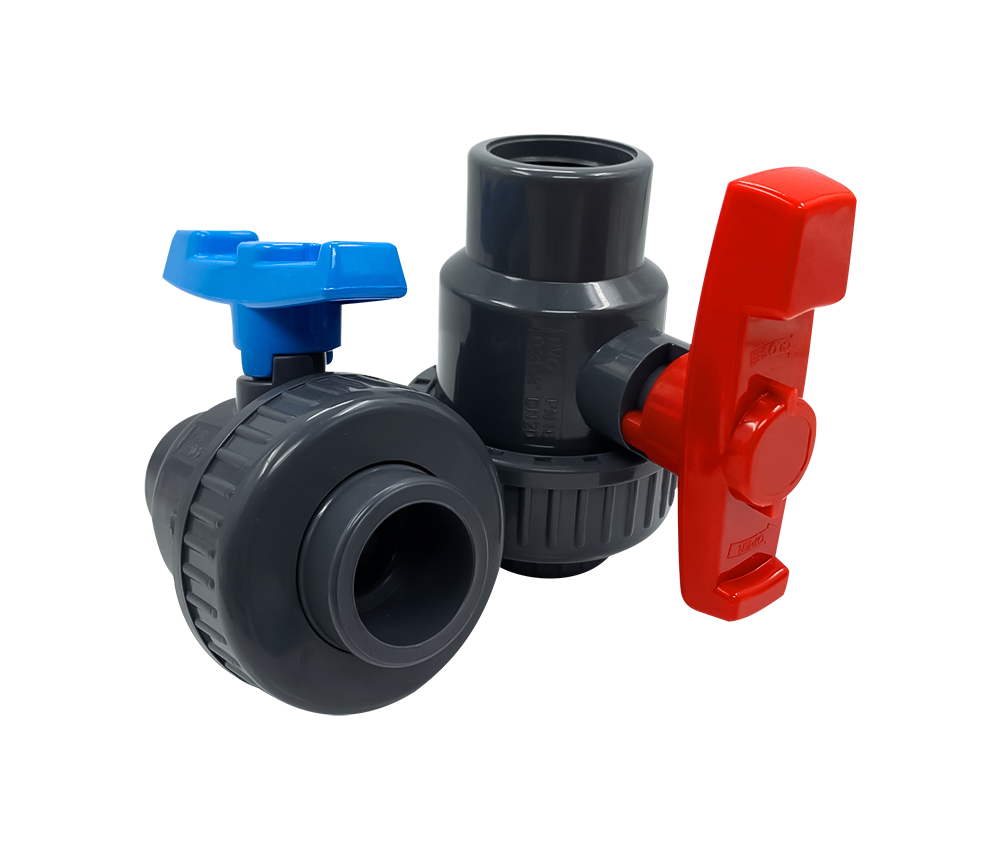Due to the advantages of light weight, corrosion resistance, non-adsorption of scale, integrated connection with plastic pipes and long service life of plastic valves, plastic valves are used in water supply (especially hot water and heating) and other industrial fluids. In the piping system, its application advantages are unmatched by other valves. At present, in the production and application of domestic plastic valves, there is no reliable method to control them, resulting in uneven quality of plastic valve products for water supply and other industrial fluids, causing lax closure and serious leakage in engineering applications. Formed a statement that plastic valves cannot be used, affecting the overall development of plastic pipe applications.
Internationally, the types of plastic valves mainly include ball valves, butterfly valves, check valves, diaphragm valves, gate valves and globe valves. The main structural forms are two-way, three-way and multi-way valves. The raw materials are mainly ABS, PVC-U, PVC- C, PB, PE, PP and PVDF etc.

The plastic diaphragm valve uses a corrosion-resistant lining valve body and a corrosion-resistant diaphragm instead of the valve core assembly, and the movement of the diaphragm is used for adjustment. The body material of the diaphragm valve is cast iron, cast steel, or cast stainless steel, and is lined with various corrosion-resistant or wear-resistant materials, UPVC diaphragm material rubber and polytetrafluoroethylene. The lined PVC diaphragm has strong corrosion resistance and is suitable for the adjustment of strong corrosive media such as strong acid and strong alkali.
The structure of the plastic diaphragm valve is simple, the fluid resistance is small, and the flow capacity is larger than other types of valves of the same specification; it has no leakage and can be used for the adjustment of high viscosity and suspended particles. The diaphragm isolates the medium from the upper cavity of the valve stem, so there is no packing medium and no leakage. However, due to the limitation of diaphragm and lining materials, the pressure resistance and temperature resistance are poor, and it is generally only suitable for 1.0MPa nominal pressure and below 100°C.